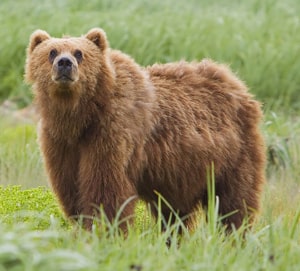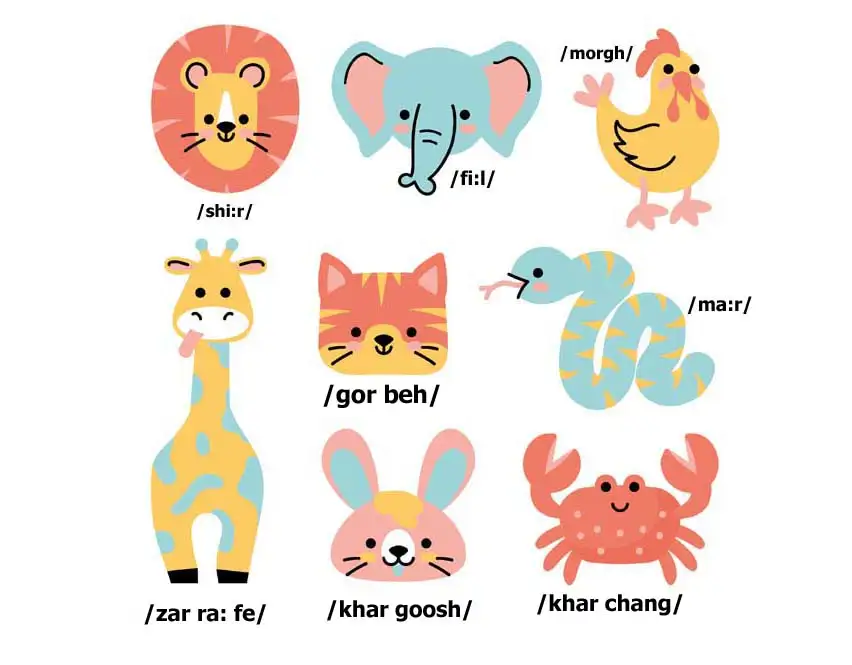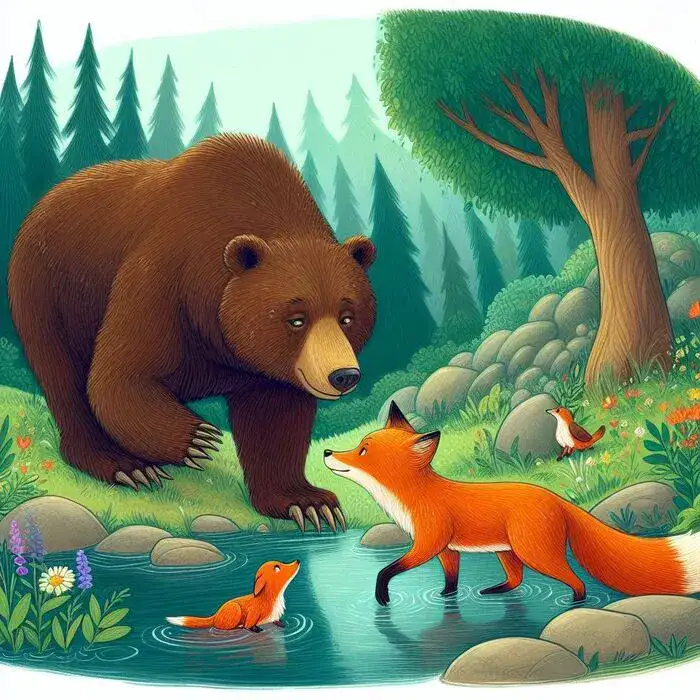English Documentary on Bears with Transcript & Flashcards to perfect your reading and listening abilities and expand your academic and scientific vocabulary Source of documentary: National Geographic YouTube Channel Listening comprehension https://www.youtube.com/watch?v=yMDOin3yWhU Reading comprehension Beasts of the jungle In a sleepy forest, twigs snap underfoot. A wanderer stirs in the brush, moving closer and closer. With each step, the forest awakens and stands at attention for one of nature's greatest beasts. Bears species There are eight species of bears. Bears are scattered over four of the seven continents. Polar bears and brown bears can be found in North America, Europe, and Asia; ...
Home » English Documentaries with Transcript » English Documentary on Bears with Transcript & Flashcards

English Documentary on Bears with Transcript & Flashcards
Updated: by Dr. Mohammad Hossein Hariri Asl
Time to Read: 4 minutes | 418 Views | 7 Comments on English Documentary on Bears with Transcript & Flashcards
Share This Post
About the Author
Dr. Mohammad Hossein Hariri Asl is an English and Persian instructor, educator, researcher, inventor, published author, blogger, SEO expert, website developer, entrepreneur, and the creator of LELB Society. He's got a PhD in TEFL (Teaching English as a Foreign Language).
Number of Posts: 4235



Why we must use poor bears for circuses? that just doesn’t make sense . And I have a question d.c Hariri, why bears like honey so much?
I agree with you, Soroosh. This is not fair to exploit these poor creatures and torture them to have fun.
And about your question on why bears love honey so much, I refer you to my reply to Armaghan’s comment right down below.
It is fascinating how nature has diversified animals during billions of years and how interesting and practical this diversification works. It also demonstrates how meddling of human in nature badly harm it and at the same time, can lead to human own disadvantages.
That’s right. A great deal of animals are losing their habitats due to the destructive activities of humans, such as habitat fragmentation, deforestation, global warming, over-population, and various types of pollutions.
Polar bears are fascinating creatures. They’re carnivorous and extremely huge compared to the other species of bears. However, unfortunately these animals are terribly endangered.
It is interesting, the fact that bears like honey is accurate to animations and movies.
Having an insatiable thirst for honey might be rooted in a high volume of energy that bears typically need, especially when they go through hibernation during the cold seasons.